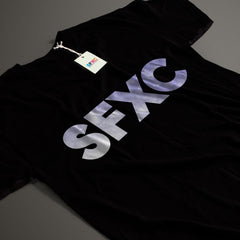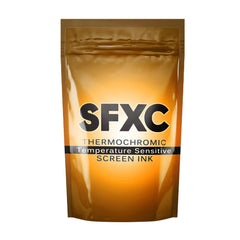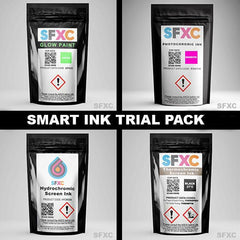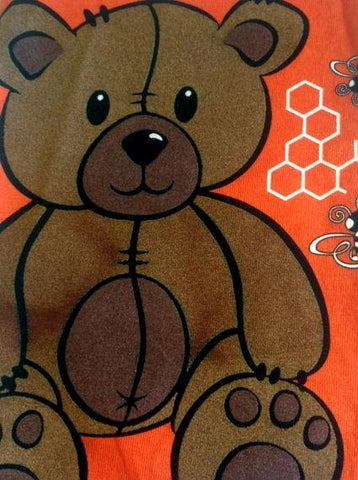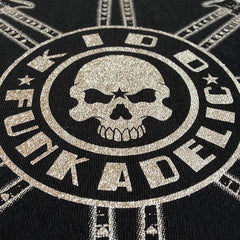At SFXC, Screen Printing is in our blood. We specialise in water-based inks and coatings which are just ideal for this versatile printing method. Forget boring one-result colours. Create enchanting effects by screen printing like with any standard printing ink. Anyone, professional or novice, can use our special inks to give your project the 'X’ factor!
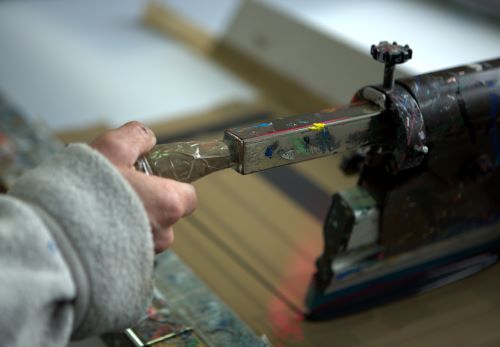
Screen printing beginner? Any SFXC product is a great place to start. Our Pearlescent or Fluorescent inks are a good place to start. Once you’ve tried a few designs, our Blackboard, Self Cracking or Suede Foam screen printing inks are sure to keep you inspired!
So, what is screen printing?
To define: Screen Printing is a technique used for graphics production by transferring a stencilled design onto a mesh frame. Inks are applied with a rubber blade squeegee. It is a popular method as results are vibrantly hued, and designs can be repeated with ease to produce large batches.

Where was this technique introduced?
Screen printing had its humble beginnings in ancient China. Originally, a pattern or design was pushed through fabric or material with a hand-woven brush, usually made with human or animal hair.

Not too long later, silk screen (Serigraphy) printing became popular in Japan. In the 1950s and 1960s, screen printing was used as a medium by Pop Art masters such as Warhol and Lichtenstein.
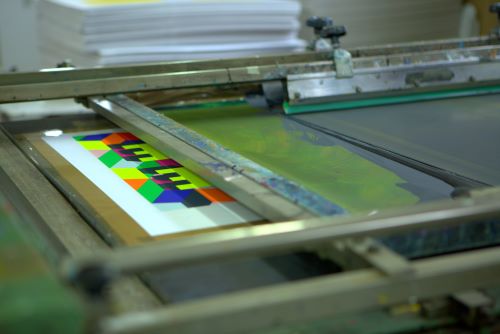
Who works with it today?
Screen printing is used widely, from budding business owners with their home-based micro presses, to large-scale merchandise producers. Materials more commonly used in screen printing are paper, board or fabrics and textiles. The method is often used to make promotional clothing.
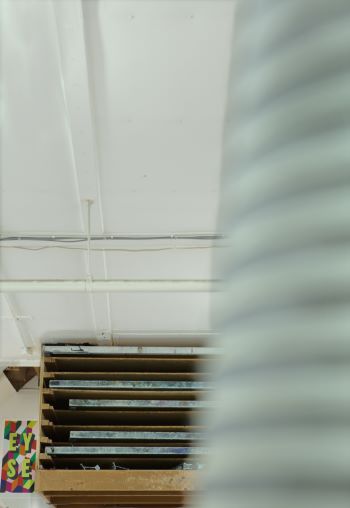
Read about our screen printing partner Harvey Lloyd Screens and the services available.
What is the future of this art form?
Screen printing is a timeless method. Although, with the rise of digital in all aspects of modern life, to some it may appear to be on the way out. Each year sees new tech and ingenious inventions entering an ever-competitive market. But, it’s important to remember screen printing has an industrial and hardy nature. What’s more, new avenues for screen printing applications are always being created.
A key trend in consumer printing preferences of today is customisation and personalisation. Who knows what will be around in a decade? Yet it cannot be denied how practical and functional screen printing is. Ink can be administered in varying thicknesses. Also, this screen printing can handle the delicate manufacturing process for digital touch screens too. In comparison, digital printing (and similarly inkjet printing), is best for small batches.
How can you begin screen printing if you’ve never done it before?
Find a workshop in your area, to get practical experience and hands-on advice from a professional.
Pinterest offers a never-ending pot of creative inspiration. Our Pinterest page has a Screen Printing board to get you started.
This website has a plethora of information dedicated to screen printing!
Click here for details on printing several layers with multiple colours on the CMYK spectrum, from the website mentioned above.
Once you’ve learned a bit more and are debating what supplies to get…
Here are our top screen printing products:
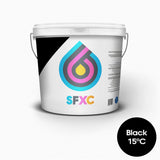
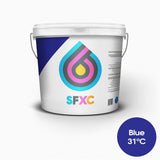
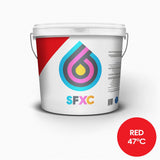
Ink for Acrylic, Fabric, and Textiles
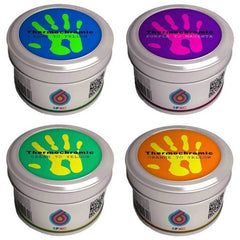
Thermochromic Ink for Paper and Board

Our Smart Ink Trial Packs are an efficient way to test the various smart materials we have on offer.
Feel free to browse any of our products and contact us for advice before purchasing!
Some Christmas-y ideas...
As Christmas is just around the corner, why not gift someone you love with a screen printed t-shirt or sweater you have made!
Some design inspiration using our suede puff ink:

Screen Printing on Pinterest | Pattern and Design
Use our screen printing ink (for paper and board).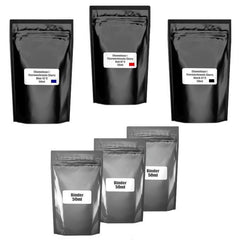
Make it extra special and add some festive sparkle to your design with SFXC Glitter Base screen printing ink!
What item you’re excited to screen print onto...
What SFXC product you’re most interested in using...
If you’re an already accomplished screen-printer, what is your favourite product or material to use?
Any tips can you share with others in the comments?



